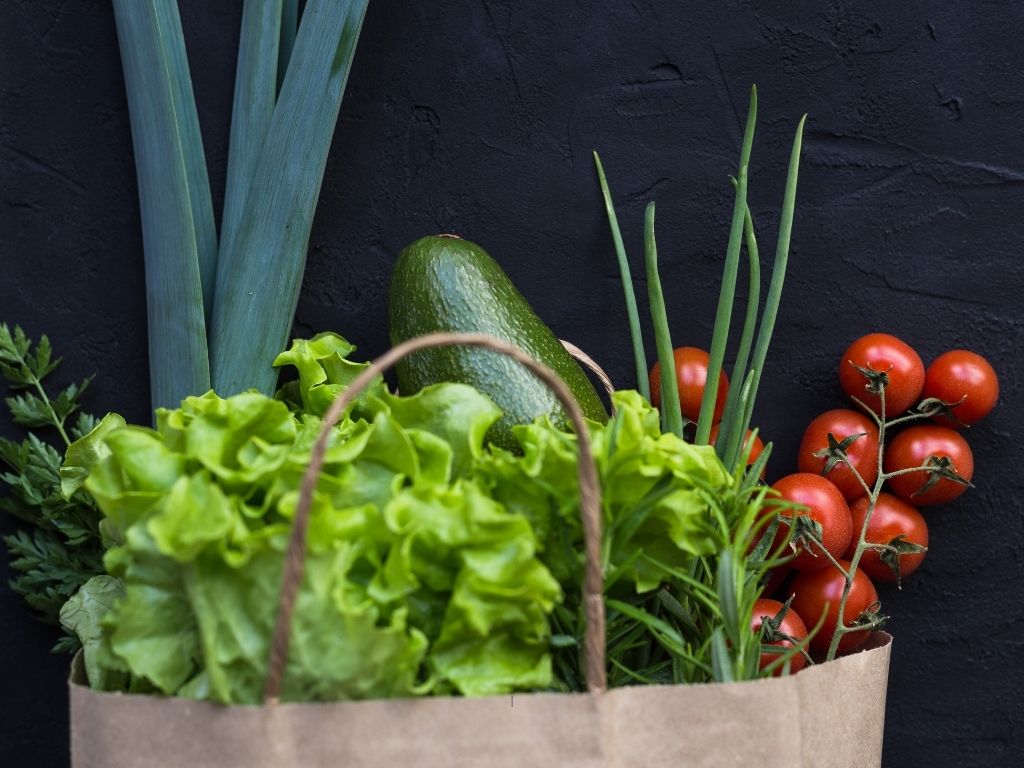This article includes finding the right grocery store, reading food labels, and knowing what to look for when buying plant-based items.
Shopping for a plant-based diet can seem daunting at first, especially if you are not familiar with the various types of foods and products that are available.

But with some simple tips and tricks, it is actually quite easy to find the right grocery store, read food labels effectively, and pick out nutritious items that will help you achieve your health and wellness goals.
There are also a few things to avoid when shopping for a plant-based diet, such as processed foods, white flour, and foods that are high in unhealthy fats, like vegetable oils.
Overall, it is important to remember that a well-balanced plant-based diet can provide you with all of the nutrients your body needs, while helping you to achieve your health and wellness goals.
Making the switch to a plant-based diet can be a big change, and it’s not always easy to know where to start.
If you’re not familiar with plant-based foods, it can be tricky to figure out how to shop for them and what to buy.
And if you’re used to eating a lot of animal products, you might be wondering how you’ll get all the nutrients your body needs on a plant-based diet.
Luckily, there are plenty of resources available to help you make the transition to a plant-based diet.
There are now more plant-based products available than ever before, and it’s easy to find plant-based versions of your favorite foods at the grocery store.
You can also look for plant-based cooking classes or resources online, and connect with other people who are following a plant-based diet.
The Top Plant-Based Grocery Stores
If you’re looking to adopt a plant-based diet, it’s important to familiarize yourself with the many different types of grocery stores that offer plant-based items.
Some of the best plant-based grocery stores include Whole Foods, Trader Joe’s, and Sprouts.
These stores offer a wide selection of plant-based foods and products, including fruits, vegetables, beans, whole grains, and plant-based milks and yogurts.
They also typically have knowledgeable staff members who can help you navigate the store and answer any questions you might have about plant-based eating.
Another option is to check out local farmers’ markets or community-supported agriculture (CSA) programs.
These markets typically sell a variety of locally grown fruits and vegetables, which tend to be fresher and more nutritious than those sold at conventional grocery stores.
CSAs are another great option for getting fresh, local produce delivered right to your door.
How To Read Food Labels For A Plant-Based Diet
One of the most important things to keep in mind when following a plant-based diet is understanding how to read food labels.
Many plant-based foods are not marked as “vegan” or “plant-based,” so it can be difficult to know which products are safe to eat.
Food labels can help you to identify plant-based foods, as well as those that contain animal products.
The first thing you should look for is the “vegan” label.
This label indicates that a product does not contain any animal products and is therefore safe to eat on a plant-based diet.
If a product is not labeled as vegan, you can look for other symbols or terms on the label that indicate a product is plant-based.
Some examples of these include “plant-based,” “vegetarian,” and “all natural.”
It’s also important to be aware of hidden animal products that may be included in food, such as gelatin, casein, and whey.
These ingredients are often found in processed foods, so it’s important to read food labels carefully when following a plant-based diet.
With some practice and knowledge of what to look for, you can easily navigate food labels and make the most out of your plant-based diet.
Conclusion
A plant-based diet can be a healthy and sustainable way of eating for people of all ages. If you’re considering making the switch to a plant-based diet, it’s important to do your research and familiarize yourself with the many different types of plant-based foods available. There are now more plant-based products available than ever before, and with some knowledge of how to read food labels, you can easily identify plant-based foods and make the most out of your diet. With a little bit of planning and effort, you can successfully switch to a plant-based diet and enjoy all the health benefits that come along with it.
FAQ
What is a plant-based diet?
A plant-based diet is a type of diet that focuses on consuming plants and plant-based foods. This includes fruits, vegetables, legumes, whole grains, and nuts.
Is a plant-based diet the same as a vegan diet?
No, a plant-based diet is not the same as a vegan diet. While both diets focus on consuming plants and plant-based foods, vegans also avoid eating all animal products, including honey, eggs, and dairy.
What are some benefits of following a plant-based diet?
There are many potential benefits of following a plant-based diet. These include improved heart health, lower cholesterol levels, lower blood pressure, and a reduced risk of developing chronic diseases such as obesity, type 2 diabetes, and cancer.
What are some things to keep in mind when following a plant-based diet?
When following a plant-based diet, it’s important to make sure you’re getting enough vitamins, minerals, and other nutrients. It’s also important to be aware of hidden animal products that may be included in food, such as gelatin, casein, and whey.
Most Popular Questions: